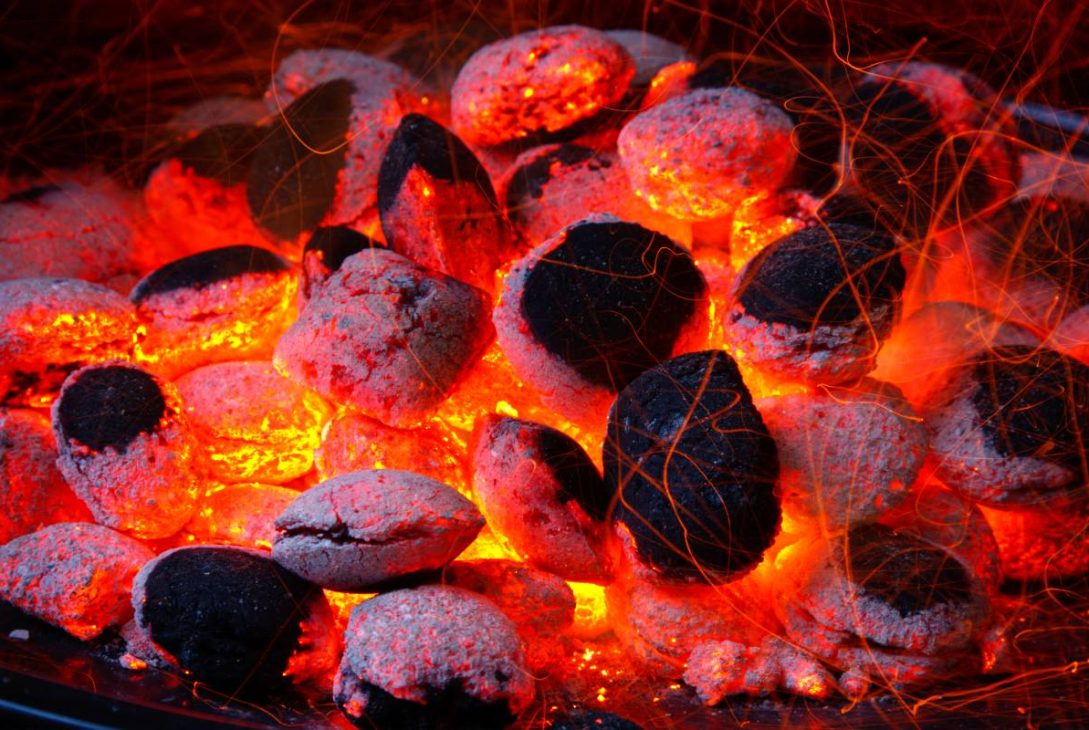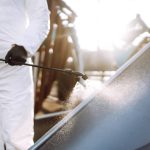Coal’s been the go-to for keeping the lights on and houses warm for ages. But let’s face it, the old-school coal is kinda dirty, and it’s not doing our planet any favours. Now we’ve got this new kid on the block: smokeless coal. It’s cleaner and greener, and it’s got folks excited about cutting down the smog.
But hold up, it’s not all sunshine and rainbows. Smokeless coal’s got its own baggage to sort out. We’re gonna dive into the good, the bad, and the gritty of smokeless coal, and see if it’s really the game-changer everyone’s hoping for.
What is smokeless coal?
Smokeless coal, also known as anthracite or low-smoke coal, is a special type of coal that burns with very little smoke. It’s like the clean-burning superhero of the coal world! This coal forms deep within the earth under high pressure and heat. Think of it as coal that’s been through a lot and come out tougher and cleaner.
What makes smokeless coal stand out is its composition. It’s super dense, shiny, and packed with carbon. This high carbon content is what makes it burn so cleanly. When you burn smokeless coal, you get minimal smoke and fewer pollutants released into the air.
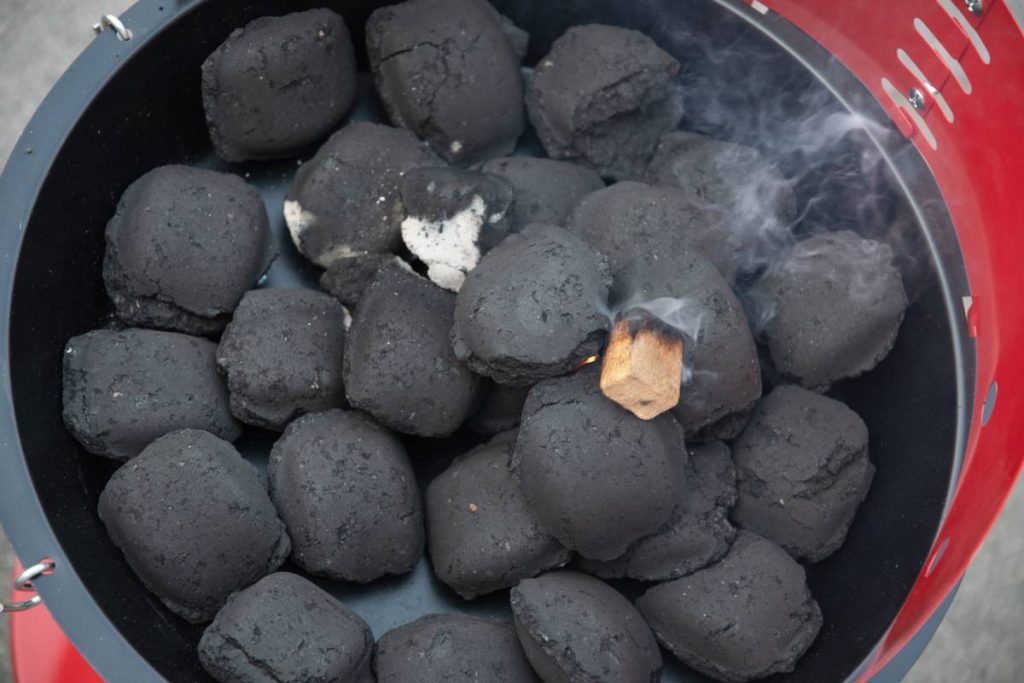
This type of coal is a popular choice for heating homes. Picture cosy evenings by the fireplace or warm nights thanks to a smokeless coal stove. Because it produces little smoke, it’s great for keeping the air inside your home clean and free of sooty residue.
But it’s not just for homes. Smokeless coal is also used in industries where clean burning is important. That means fewer harmful emissions going into the atmosphere, which is good news for the environment and our health.
Using smokeless coal isn’t just about convenience or efficiency; it’s also about being kinder to the planet. By opting for a cleaner-burning fuel like smokeless coal, we can reduce our impact on the environment and make our air cleaner and safer to breathe.
So, whether you’re cosying up at home or powering an industrial operation, smokeless coal is the way to go for a cleaner, greener future. It’s coal with a conscience!
Is smokeless coal better than normal coal?
Whether smokeless coal is better than normal coal depends on what factors you’re considering. Let’s break it down:
- Cleanliness: Smokeless coal definitely wins in this department. It burns much cleaner than normal coal, producing minimal smoke and fewer pollutants like sulfur dioxide and particulate matter. So, if you’re concerned about air quality and reducing pollution, smokeless coal is the way to go.
- Efficiency: Both types of coal can be efficient in terms of heat output, but smokeless coal may have a slight edge. Its higher carbon content means it can release more energy per unit of coal burned compared to some types of normal coal. This can result in more efficient heating, especially in domestic settings.
- Availability: Normal coal is generally more widely available and often less expensive compared to smokeless coal. Depending on where you live, smokeless coal might be harder to find and may come at a higher price. So, availability and cost can be factors to consider.
- Environmental Impact: While smokeless coal burns cleaner and emits fewer pollutants during combustion, both types of coal still contribute to greenhouse gas emissions when burned. So, neither can be considered environmentally friendly fuels. However, smokeless coal does offer a slight advantage in terms of reducing local air pollution.
Smokeless coal is better than normal coal in terms of cleanliness and reducing local air pollution. However, its availability and potentially higher cost compared to normal coal might be factors to consider. Ultimately, the choice between smokeless coal and normal coal depends on your priorities, such as environmental concerns, efficiency, and cost.
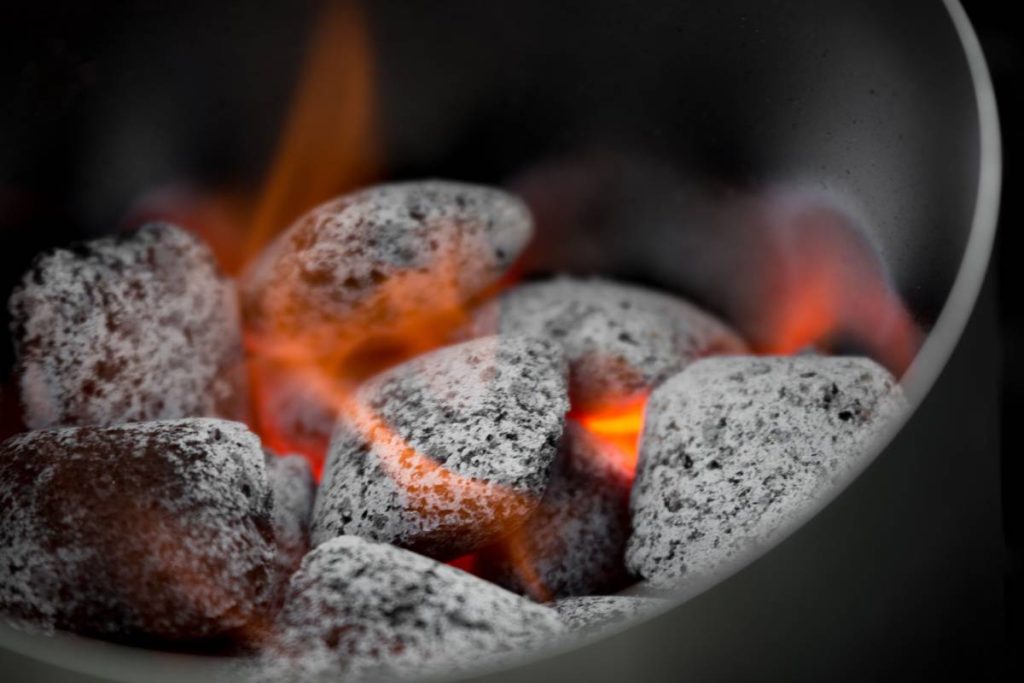
What are the disadvantages of smokeless coal?
While smokeless coal offers several advantages, it’s important to consider its potential disadvantages as well:
- Cost: Smokeless coal tends to be more expensive than regular coal. The processing required to achieve its low-smoke properties can increase its production costs, leading to a higher price for consumers.
- Availability: Smokeless coal may not be as readily available as regular coal, especially in certain regions. This limited availability can make it more challenging for consumers to access and may require special ordering or sourcing from specific suppliers.
- Energy Content: Some types of smokeless coal may have a lower energy content compared to certain grades of regular coal. This means that while smokeless coal burns cleanly, it may not produce as much heat per unit of weight as other types of coal, potentially requiring larger quantities to achieve the same heating effect.
- Environmental Impact: While smokeless coal emits fewer pollutants during combustion compared to regular coal, it still contributes to greenhouse gas emissions and other environmental impacts associated with coal mining and combustion. Although it’s cleaner burning, it’s not a completely environmentally friendly fuel option.
- Handling and Storage: Like regular coal, smokeless coal can be messy to handle and store. It can produce dust and debris, which may require special precautions for handling and storage to prevent contamination and maintain air quality.
- Safety Concerns: Burning any type of coal, including smokeless coal, poses risks such as carbon monoxide poisoning, fire hazards, and potential health impacts from exposure to coal dust and combustion byproducts. Proper ventilation and safety measures are essential when using coal for heating or other purposes.
Overall, while smokeless coal offers benefits such as cleaner burning and reduced smoke emissions, it’s essential to weigh these advantages against the potential disadvantages and consider factors such as cost, availability, and environmental impact when choosing a fuel source.
Can I make smokeless coal myself?
Producing smokeless coal at home is not a practical or safe effort for most people. Smokeless coal is typically formed over millions of years through natural geological processes, involving high pressure and heat deep within the earth. However, there are some methods to improve the burning characteristics of normal coal to make it burn with less smoke, but these methods are not equivalent to producing true smokeless coal.
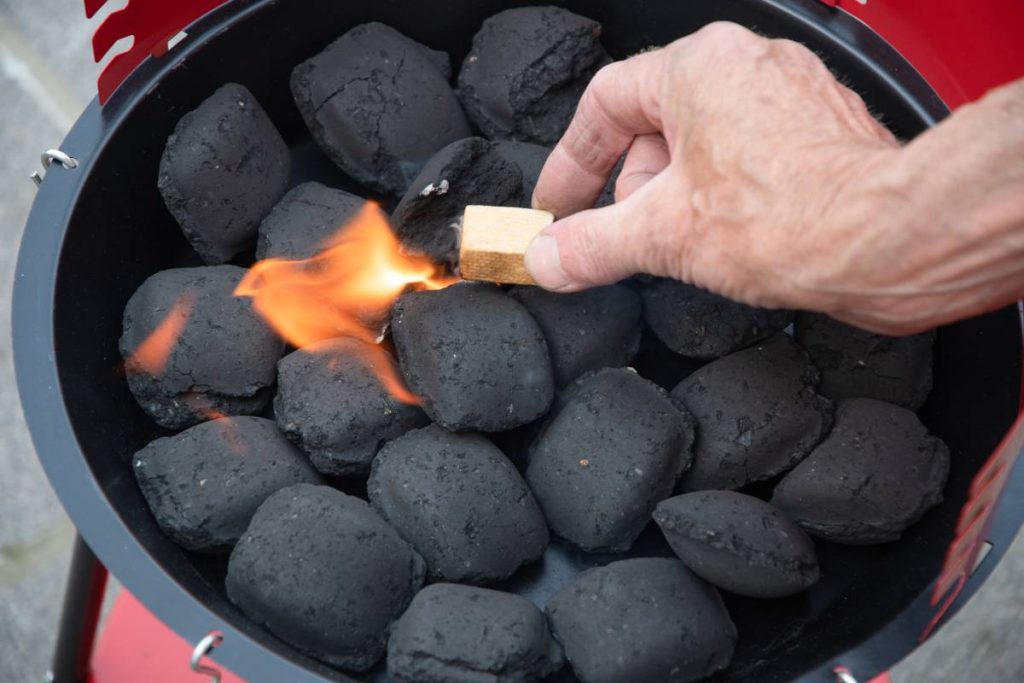
One common method is to use a coal briquette or coal nugget press, which compresses crushed coal into solid blocks. These briquettes can burn more cleanly and efficiently than loose coal, but they may still produce some smoke.
Another approach is to mix coal with other materials such as biomass (like wood chips or sawdust) or binding agents to create composite briquettes or pellets. These mixtures can improve combustion efficiency and reduce smoke emissions.
However, it’s important to note that these homemade methods may not achieve the same level of cleanliness and efficiency as commercially produced smokeless coal. Additionally, there are safety concerns associated with handling and processing coal at home, including the risk of fire and exposure to harmful substances.
For these reasons, it’s generally recommended to purchase smokeless coal from reputable suppliers who specialize in producing coal with low smoke emissions. This ensures a higher quality product and reduces the risks associated with handling and burning coal at home.
In conclusion
Smokeless coal is stepping up as a cleaner energy champ, trying to knock out the old, smoky coal we’re used to. It’s got a lot going for it—less smoke, better air, and it’s friendlier to Mother Earth. But it’s not all smooth sailing; there’s the price tag, finding it, and some green issues to iron out.
We’ve gotta play it smart, balancing the pros and cons, and keep pushing coal tech forward. If we get it right, smokeless coal could be a big win for our homes, factories, and even camping activities. It’s all about making moves towards a world where we can all breathe easily and keep the planet smiling.


